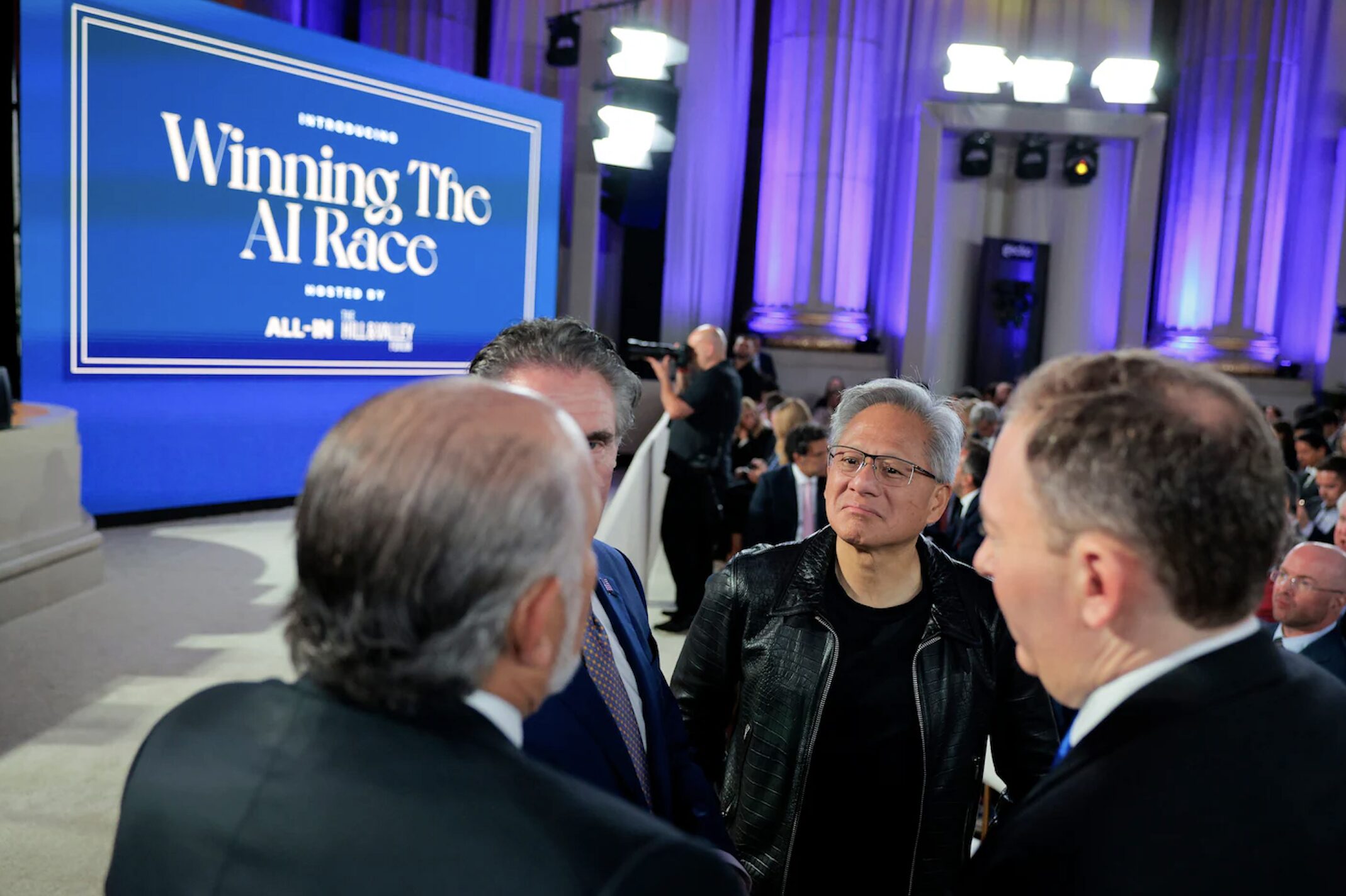
Dr. Sanjay Gupta: Why Haven’t We Cured the Common Cold?
The average person gets two to four colds a year. With all the missed school and work, that adds up to an economic impact of…
Thought Leader: Sanjay Gupta

In the title of her seminal 1971 essay, art historian Linda Nochlin posed a question that would challenge the art world fundamentally: “Why have there been no great women artists?” A rhetorical question, but no less profound for the way it pushed us to acknowledge the great omissions of art history. Of course there had been great women artists. Through the work of pioneering scholars, courageous curators, and brave institutions, we have benefited from a radical re-envisioning of art history that laid bare profound exclusions. This work of a generation has given the opportunity to celebrate those women whose presence and practice were forgotten, to honor their contributions, and to acknowledge these artists who’ve paved the way for reinvention and reimagination. Those unwavering pioneers shaped an understanding of art at its most expansive and also mark the history still being made in this moment, such as Simone Leigh’s presentation at this year’s Venice Biennale, the first Black woman to be selected to represent the United States.

Working across many visual vocabularies, the eight artists featured here collectively represent the phenomenal trajectory of the last half century. They have received widespread recognition for practices that have magnificently engaged media, pioneered new forms, and expressed radical subjectivities around history, gender, race, and identity—while expanding representations of women in the world of art and beyond. With their visions and their voices and the beautiful and bold intellectual space their work creates, they allow for the rich joys and profound complexities of any and all of the roles they inhabit—makers, thinkers, mothers, sisters, daughters, advocates, activists, friends, and citizens. It is this quality, this deep-seated power, that allows these women creators to envision possibilities and bring to light realities that have been erased, forgotten, if not discarded, for all to experience. Through their practice they galvanize the capacity to probe the very constructions of identity in the world around us, and to create something wholly original from it. Not only do these artists honor and embody the spirit of the great women who came before them, but through their art making they have created extraordinary space for themselves and for generations to come. —Thelma Golden





Dr. Sanjay Gupta: Why Haven’t We Cured the Common Cold?
The average person gets two to four colds a year. With all the missed school and work, that adds up to an economic impact of…
Thought Leader: Sanjay Gupta
Erika Ayers Badan: How to Keep Creativity Alive
Hi! Ever felt like you’re on a Disney ride through every big-company headache imaginable? Think lawyers, bankers, finance goons, stale conference rooms, staid conversations and…
Thought Leader: Erika Ayers Badan
Chris Miller: Trump’s Nvidia Chip Decision Lands Hard
In a new article, “Allowing China access to advanced semiconductors puts national security and U.S. AI industry at risk,”Chris Miller — author of Chip War…
Thought Leader: Chris Miller

